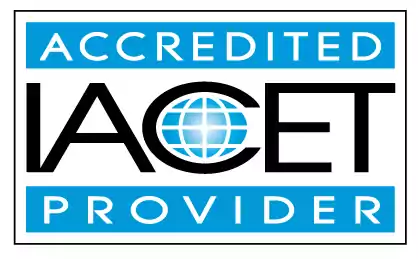Identify common interaction strategies to help promote a positive classroom environment for young children.
Discover effective strategies to create a positive and inclusive classroom environment for young children in early childhood education and child care centers. Learn how child care providers can promote successful child development while also gaining insights on working with children with special needs.Trainings incorporating this outcome
Age group
CDA Subject Areas
Proficiency Level
Topic Areas
Price
10 hours courses
Related Outcomes
- Identify strategies for the child care provider that will promote successful child development. Identify strategies for working with children with special needs
- Identify the most common sources of stress for young children.
- Identify strategies to promote cultural diversity and acceptance in the child care environment.
- Identify strategies to promote play in the early childhood learning environment
- Identify strategies to promote play in the early childhood learning environment.
- Identify common mental health disorders in children and the importance of early intervention.
- Identify the components of a safe and healthy family childcare environment for children
- Identify the components of positive relationships with children, co-workers and families.
- Identify communication issues that are common in the early care and education environment
- Identify procedures that will promote a safe environment (indoor and outdoor).
- Define and identify common signs and behaviors of children and youth with conduct disorder.
- Identify the requirements of an appropriate environment that will promote free exploration and manipulation.
- Demonstrate the elements of positive respectful relationships that include warm, nurturing interactions with children.
- Identify different learning styles of young children
- Define and identify common signs and behaviors of children and youth with fetal alcohol syndrome.
- Describe strategies and experiences to promote collaboration between child and youth care professionals and programs and other professionals involved in the care and education of all children and youth.
- Identify common tools and strategies in completing a comprehensive family assessment.
- Define and identify common signs and behaviors of children and youth with cerebral palsy.
- Identify strategies for working with children with special needs.
Related Articles
- How the CDA Credential Empowers Educators to Promote Physical Development in Young Children
- How Earning the CDA Credential Can Help Educators in Observing and Assessing Young Children
- How Earning the CDA Credential Helps Educators Set Up Appropriate Classroom Environments
- Classroom Pets in the Early Childhood Education Classroom
- Using Positive Discipline in the Early Childhood Education Classroom
- Supporting Shy Children in the Early Childhood Education Classroom
- Spark Their Love for Learning: Tips for Exciting Young Minds in the Classroom!
- Supporting Children with Special Needs in the Early Childhood Education Classroom
- Earning your CDA Helps Bring Inclusion to the Classroom
- Building Positive Relationships with Children: A Key CDA Competency
- Teaching Problem-Solving Skills to Young Children
- The CDA and Helping Children Thrive
- How the CDA can help you communicate
- STEAM Learning in the Early Childhood Education Classroom
- Becoming a Child Care Teacher in Massachusetts: How the CDA Credential Can Help
- CDA Insights: Inside The Classroom
- CDA Home Visitor RC III: Bibliography of Developmentally Appropriate Children’s Books
- Use the Educational Incentive Program (EIP) to help Obtain a CDA Credential
- Active Supervision in the Early Childhood Education Classroom
- Common Challenges in Earning a CDA and How to Overcome Them
 1 CEUs
1 CEUs